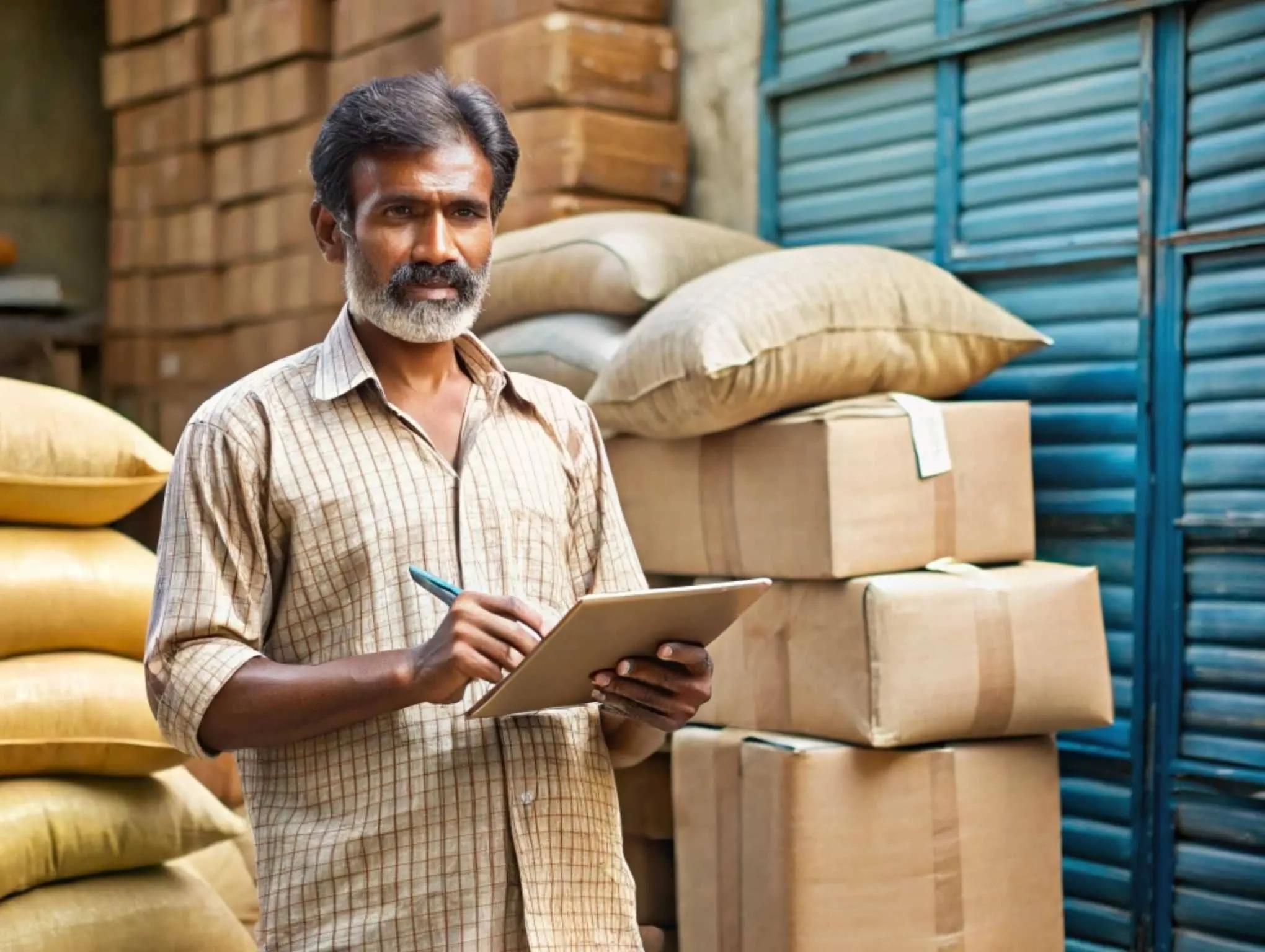The Journey of a ₹175 MRP Product
Take, for instance, our chosen ready-to-eat curry, marked at an MRP of ₹175. Deciphering its trajectory from the retail shelf back to its birthplace sheds light on why manufacturers must affix the price at ₹100 to uphold the financial well-being of the supply chain. This fascinating journey underscores the indispensable role each link plays within the arena of FMCG sales, emphasizing the significance of cost efficiency.
Step 1: The Retailer's Economics
At your neighborhood kirana, the curry stands proudly marked at its MRP of ₹175. However, its acquisition price for retailers is roughly ₹140, translating to a 20% margin. This margin bridges the gap to cover operational costs like rent, staff salaries, and essential upkeep. The mathematical journey reveals that ₹35 is set aside as a margin from the final price, so retailers pay ₹140 when procuring this product.
Step 2: The Distributor's Role
As we peel another layer, we encounter the distributor or substockist, who purchases the product at ₹125 from the superstockist and offers it to retailers at ₹140. This intricate dance involves a 12% margin to cater to their operational needs. Embedded within this margin are costs arising from rent, delivery, sales personnel, and mishandling, ranging from ₹2 to ₹5 per piece suited to specific duties.
Step 3: The Superstockist's Expenses
Superstockists play a pivotal role by buying direct from the company at ₹100 and passing it on to distributors at ₹125. It's crucial to note that superstockists typically project a margin inclusive of handling costs at 5-7%, exclusive of primary logistics. Primary logistics generally cost between ₹6 and ₹7 per piece, including the expenditure of traversing goods worth roughly ₹12 lakhs across lengthy distances at a hefty transportation expense of ₹80,000 to ₹90,000.
Step 4: Company's Direct Costs
The manufacturer anchors its price at ₹100, accounting for various unavoidable inputs. The cost of sustaining a direct sales force oscillates between ₹8 and ₹10 per piece, covering salaries, sales incentives, and mobility. Marketing initiatives and trade promotions pile on costs between ₹5 and ₹7 per unit. Additionally, providing credit to nurture the sales cycle costs an extra ₹4 to ₹5, with a financial cushion of ₹3 to ₹4 reserved for confronting market unpredictability.
Price Build-up Summary
Starting from the factory price of ₹100, logistics and superstockist and sales team costs escalate this to ₹125. The additional distributor margin lifts the price to ₹140, concluding at ₹175 with the retailer's markup factored in.
Alternative Models and Their Challenges
The Udaan Model
Udaan exhibits a novel approach by connecting the factory directly with retailers, theoretically promising savings of 10% to 15%. Nonetheless, this model grapples with setbacks like restricted reach and elevated credit risks, undermining its potential efficacy.
Modern Trade Comparison
Contrastingly, within modern trade settings, distribution costs are characteristically lower. Yet, any cost advantages are largely neutralized by heightened expenses linked to shelf positioning and promotional activities, leading to parallel margin observations.
Final Tips for Manufacturers
- Strategic Price Positioning: Initiate with an envisioned MRP, working backward through each segment of the value chain while embedding appropriate allowances for market variances.
- Cost-effective Management: Evaluate logistical routes for optimal efficiency, balance between credit facilitation and cash dealings while maintaining distributor health with pragmatic profit margins.
- Choosing to have a C&F: is a strategic decision where a company operating without a C&F can save a healthy margin (3-4%) for marketing and production.
Conclusion
For manufacturers figuring out their pricing, it's important to acknowledge both visible and invisible costs while upholding sustainable tier-specific margins and equipping for inevitable market ups and downs. By comprehending these pricing dynamics, businesses can create more informed, resilient growth strategies, to navigate the multifaceted web of FMCG distribution within India.
ㅤ
Note: All costs mentioned are representative of mid-sized FMCG companies (₹100-200 crore revenue) in the ready-to-eat food segment. Actual costs may vary based on specific products, geographies, and scale of operations.
More Articles to Explore

Distributor Loyalty Programs
Distributor loyalty programs are a secret weapon for business growth . Simply put, they're structured systems that reward your distributors for doing more business with you. The more they sell your products, the more benefits they receive.

A 2025 Perspective
In the vibrant tapestry of Indian consumerism, the digital consumer stands out as both a challenge and an opportunity for Fast-Moving Consumer Goods (FMCG) brands. Unlike the historical clout of neighborhood kirana stores, today's consumer navigates seamlessly between aisles of physical stores and the virtual shelves of e-commerce giants. This hybrid shopping behavior, as highlighted by Nielsen's insights , signifies an amalgamation of tradition with digital convenience, requiring a multifaceted marketing strategy.

FMCG Sales Channels in India
Are you wondering how to get your FMCG products to Indian consumers? This guide breaks down the three main ways to sell your products: quick commerce apps, traditional distributors, and selling directly to customers.

Choosing the Right Delivery Partner
Are you struggling to get your products to stores and increase sales? The right regional 3PL / 4PL partner can help your business grow faster. This guide shows FMCG business owners how to pick the best delivery partner to reach more customers across India.
![[object Object]](/_next/image?url=https%3A%2F%2Fcdn.sanity.io%2Fimages%2F15uaalow%2Fproduction%2Ff4ce5c47d35a6137d150afb3f7718d78b46a8e0b-1024x1024.jpg%3Ffit%3Dmax%26auto%3Dformat&w=3840&q=75)